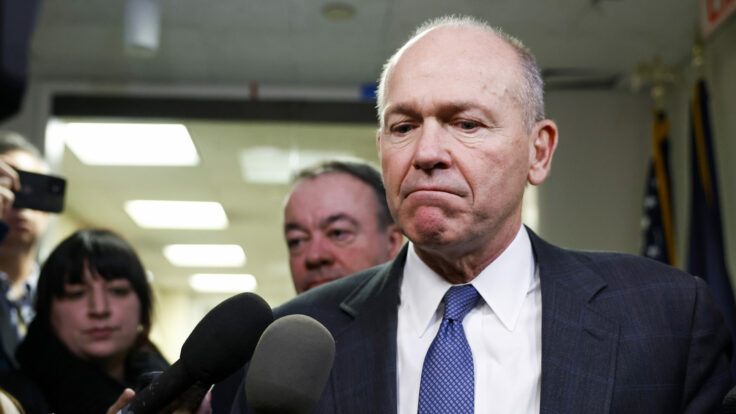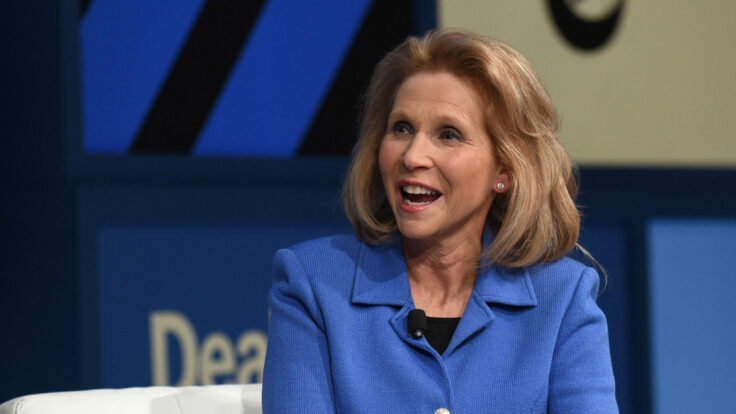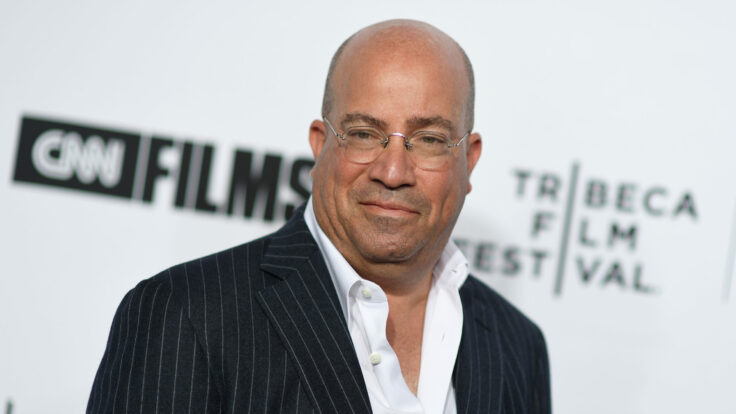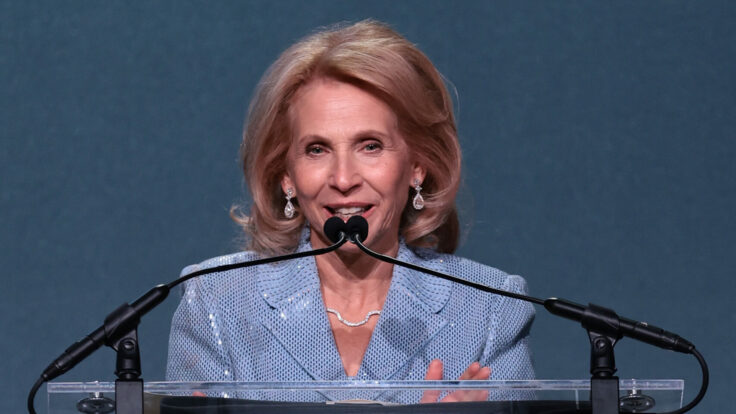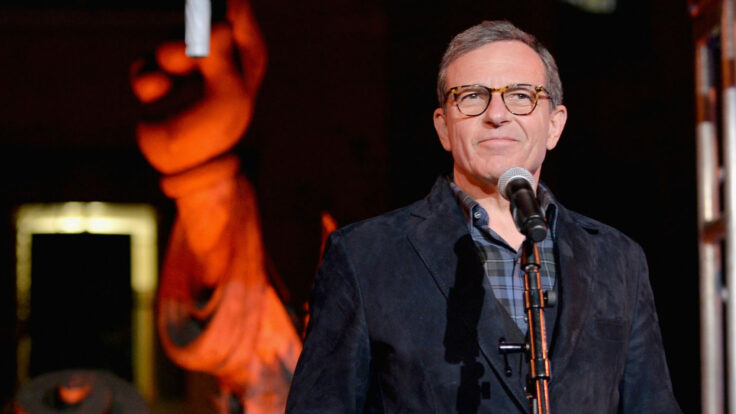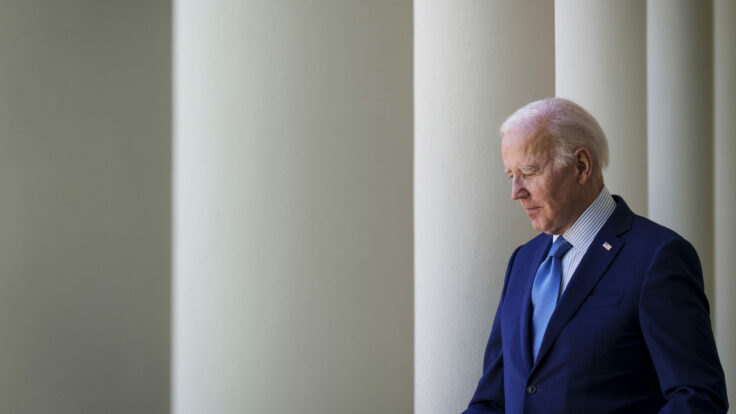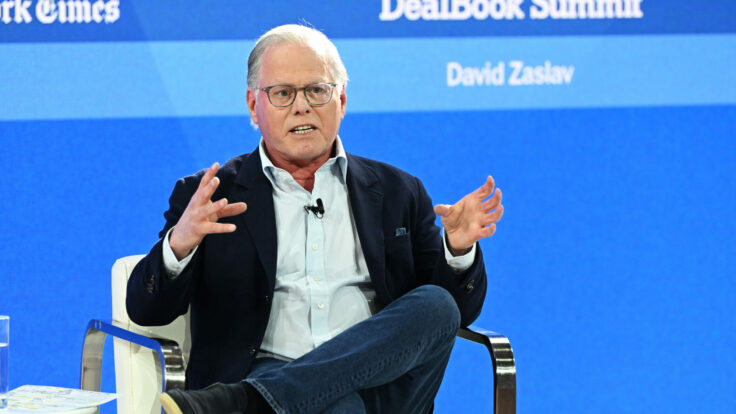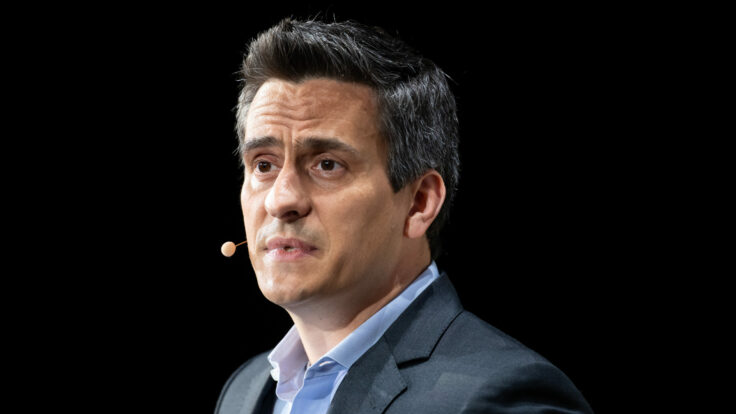Since I began writing my column for Puck, I’ve been inundated with feedback about Wall Street’s biggest characters and concerns. I’ll be engaging with some of those questions here—in addition to a few observations of my own.
DWAC, the blank-check vessel for Donald Trump’s nonexistent media venture, has tumbled from its meme-stock highs to settle at about $70 a share, still more than a 570% return for early investors. The total windfall for the SPACs obscure financiers could stand at about $440 million, according to the WSJ—what is it about the structure of this SPAC that is so remunerative for its sponsors?









